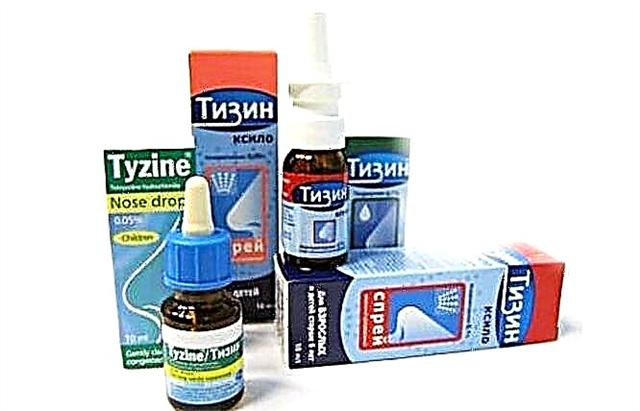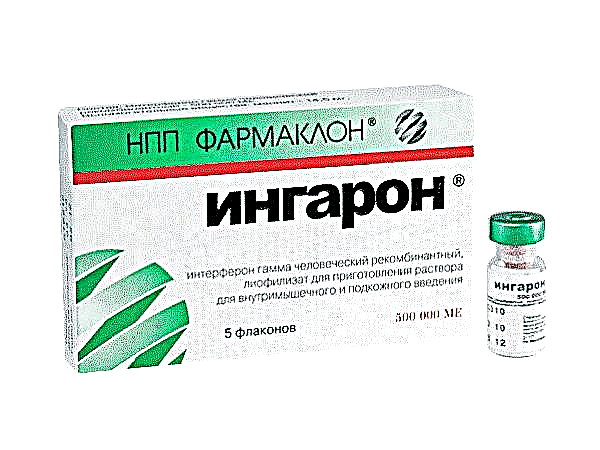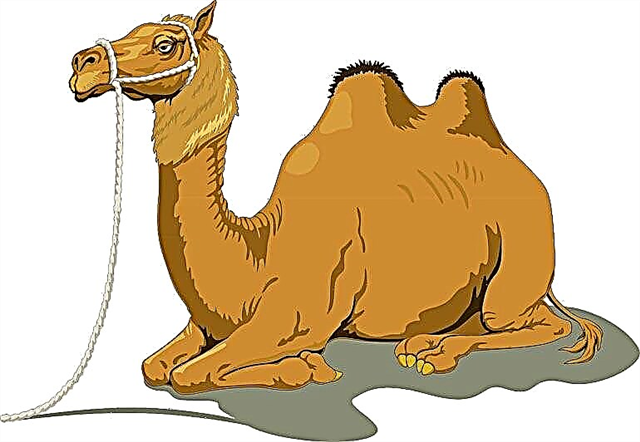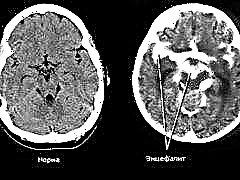
Inflammation of the brain is more common in children than in adults, and is more severe again in childhood, because the brain substance in children is most vulnerable due to the immaturity of the immune system and imperfection of the blood-brain barrier, which prevents infection from entering the brain substance too quickly. Encephalitis is a serious threat to children's health and life.
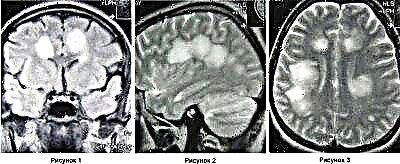
What is it and what are the symptoms?
Encephalitis is an inflammatory process of the substance of the brain itself. This medical term hides a number of pathologies identical in course, which are infectious, allergic, mixed, and also toxic. Inflammation of the medulla is accompanied by severe symptoms and significant disruption of the central nervous system. And after a successful complex treatment, a long process of rehabilitation and recovery is required.
Encephalitis in children is always acute - the onset of the disease is violent, pronounced. All the signs of severe intoxication are evident. The temperature rises to + 40– + 41 degrees, severe vomiting may be observed.
The child complains of severe headaches, which cannot be relieved even with modern strong painkillers. Vomiting is often associated directly with headache; an attack of vomiting does not bring any relief, as is the case with poisoning or intestinal infection.

Common signs of encephalitis include defeat of consciousness. And how it will look in practice depends only on how large the volume of the brain substance affected by inflammation. Impairment of consciousness can manifest itself by psychomotor agitation, the appearance of visual, auditory and other hallucinations, loss of consciousness and the onset of coma.
With encephalitis, convulsions are possible, signs of paralysis, paresis, hearing and visual impairment may appear. Often with encephalitis, meningeal syndrome is observed - the child has pathologically relaxed occipital muscles, he takes a pose resembling that of a cop dog - lies on its side, throwing its head back and bringing the knees to the tummy.
Important! The incubation period depends on what damaging factor played a role, what pathogen affected the medulla. Each of the types of encephalitis has its own characteristic signs, in addition to the above general symptoms.

What types are there and what are their differences?
The classification of childhood encephalitis is very extensive. It implies the separation of pathology by origin - for reasons that caused the inflammatory process of the brain substance... There are viral, microbial and parasitic forms. These pathologies are considered primary: there is a pathogen that crosses the blood-brain barrier through the blood and enters the brain substance. There are also secondary encephalitis, which can develop after a severe viral illness, for example, after chickenpox, measles, flu. Secondary cases also include cases of brain inflammation that arose after vaccination, vaccine administration. Such ailments are considered as a complication of the underlying disease, which was primary.
Encephalitis can be hyperacute, acute, subacute, and chronic. Depending on which part of the medulla is affected, subcortical, cortical, stem and cerebellar forms are isolated. If only the white matter of the brain is affected, they talk about leukoencephalitis.
If gray matter is affected - about polyencephalitis. By the nature of the course, the disease can be hemorrhagic and necrotic. Let's consider the most common types of primary encephalitis in children.

Tick-borne
This disease is most common in spring and summer. (the peak is from April to July). It was at this time that ixodid ticks, which are carriers of the neurotropic tick-borne encephalitis virus, show sexual activity. If a child is bitten by a tick infected with a virus (they live mainly in parks, forests, in tall grass), then the causative agent of the disease spreads through the blood and very quickly enters the brain. It is noteworthy that you can get sick with this type of encephalitis not only from a tick bite, but also by eating milk from cows or goats that have been bitten by an ixodid tick.
The incubation period is rather unstable. It can take several days or a whole month, and in rare cases the virus is activated only after 60 days. The body temperature exceeds +40 degrees, the child has severe pain in the legs, lower back, and severe vomiting.
Consciousness is broken. Not every ixodid tick is infected with a neurotropic virus, but the number of sick individuals is large - according to experts, it is up to 5% of the entire population.
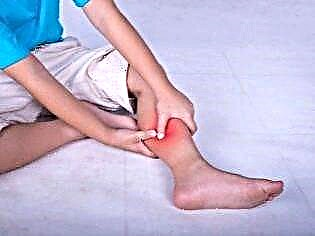
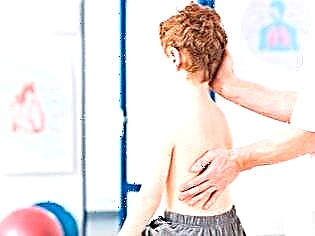
Japanese mosquito
In this case, the carrier of the neurotropic virus is mosquitoes, which, being carriers of the virus, lay eggs that are also infected. An encephalitis mosquito bites a person and carries particles of the virus with its own saliva into the blood of the bitten one. Despite the name, such mosquitoes live not only in Japan, but also in many countries of the world, including Russia, especially in areas rich in swamps. Mosquitoes infect not only humans, but also monkeys, horses, cows, and sheep.
The incubation period lasts from 5 days to 2 weeks. The disease always begins from a sudden rise in temperature to very high values, the development of vomiting and headache. The rhythm and heart rate are disturbed, the face turns red, herpetic eruptions appear, the tongue becomes dry. The course of this type of encephalitis is very severe. The temperature does not lend itself to measures to reduce, the symptoms increase.
In the first week, the risk of death of a child is highest (up to 70% of deaths with this encephalitis occur precisely during the first 6–8 days). The disease is most dangerous for young children; babies have low chances of survival.
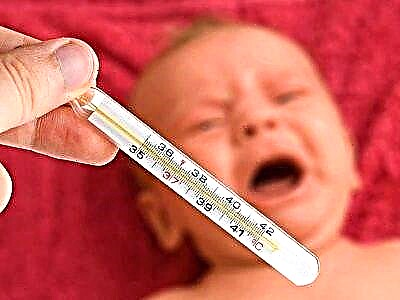
Encephalitis A
Economo's epidemic lethargic encephalitis, also known as encephalitis A, is an ailment that is very, very rare today. Scientists have not been able to detect the causative agent of the disease, which means that it is not clear who or what causes inflammation of the brain tissue. In the acute stage, the temperature rises to +39.0 degrees, the appearance of weakness, moderate pain in the head. The temperature can persist for up to two weeks, and of all neurological manifestations, increased drowsiness most often occurs - the patient spends almost all the time in a dream, due to which the pathology is called lethargic.
Often with this form of the disease, paralysis of the oculomotor muscles develops. Children change their perception of the shape and color of the objects around them.
In almost half of the cases, such encephalitis becomes chronic; the child can suffer from insomnia and depression for years. The dangerous consequences include the development of infantilism, convulsive syndrome, mental disorders.

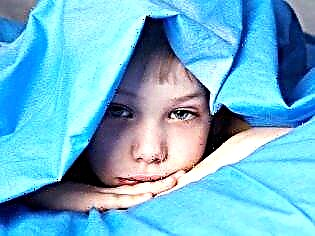
Influenza
This group of ailments opens the category of secondary encephalitis. Most often in children and newborns, brain lesions are caused by influenza viruses of the A1, A2, A3 and B types. Inflammation of the brain substance is a complication of infectious diseases. The most susceptible to such a complication are children under 2 years of age, weakened children with certain chronic diseases. Encephalitis starts after the flu, manifested in a sharp deterioration in the baby's condition, in vomiting, high fever, and drowsiness.
In severe cases, the child falls into a coma. The prognosis is not the most favorable, especially if the disease is of a hemorrhagic type, that is, there are traces of blood in the cerebrospinal fluid.
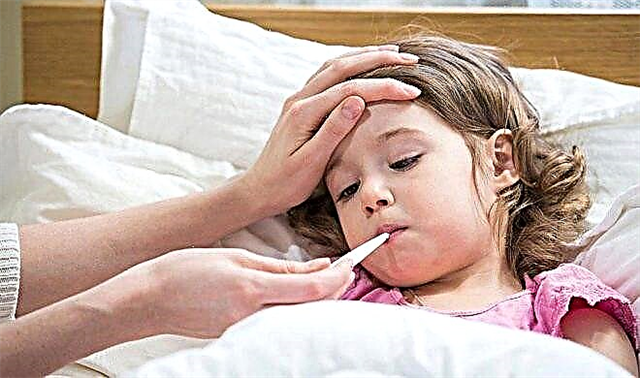
Koreva
This type occurs as a complication of measles about 4-6 days after the onset of the underlying disease. A sharp jump in temperature is observed, impairments of consciousness, hallucinations are immediately detected. Possible rapid development of paresis and paralysis, as well as convulsions. The course of the disease is extremely difficult, up to a quarter of children die, despite the timely assistance provided.
Important! Forecasts for varicella (post-wind) encephalitis may be more favorable. The varicella-zoster virus (herpesvirus in origin) is not as aggressive as measles.
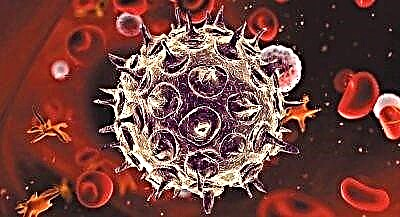
Post-vaccination
Most often, encephalitis can be complication after vaccination with DPT and ADS, as well as with the prevention of rabies and after the administration of the measles vaccine. The child's body temperature suddenly rises to +40.0 degrees and above, vomiting appears, severe headache, confused or absent consciousness, generalized convulsions may occur. Future projections depend on how quickly treatment is started.
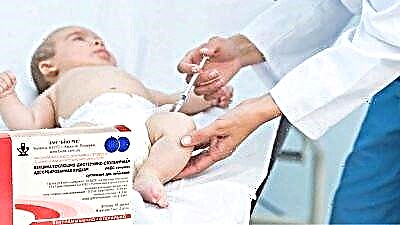
Treatment
In the treatment of encephalitis, the timing of seeking help is very important. The earlier this was done, the better the forecasts. First of all, it is important to restore the water balance in the body and prevent cerebral edema. For this purpose, intravenously administered Mannitol, Furosemide. They can use hormonal substances that have a pronounced anti-inflammatory effect, and also keep the adrenal cortex in an efficient state - "Prednisolone", "Dexamethasone".
Treatment is carried out exclusively in a hospital and under the supervision of doctors. Preparations for homeostasis, angioprotectors can be introduced into the therapy regimen. Sometimes it becomes necessary to connect the child to a ventilator.
All encephalitis caused by viruses require the introduction of antiviral drugs, interferon... With meningococcal encephalitis, as with other bacterial forms of the disease, antibiotics are administered.
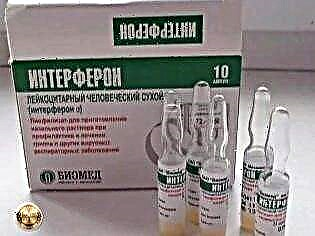
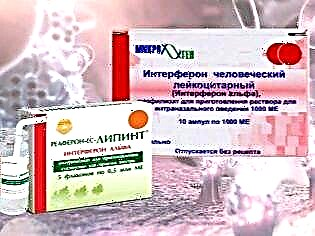
After the acute form of the disease is in the past, the child is assigned rehabilitation treatment, which, according to parents, is very long and painstaking. It includes taking anticonvulsants, metabolic drugs, antipsychotics and tranquilizers to normalize the mental state, according to clinical guidelines.
The child is shown long courses of massage, physiotherapy exercises, physiotherapy.
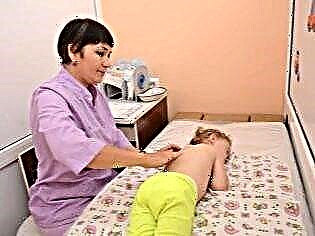
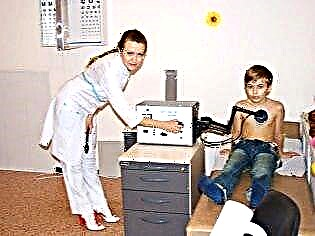
Unfortunately, it is not always possible to achieve complete recovery. Depending on which parts of the brain have undergone irreversible changes, different consequences are possible. There are also forms of encephalitis that cannot be cured, for example, Rasmussen's autoimmune encephalitis, while it is very rare. The reasons for it are not completely clear, therefore the treatment has no significant effect.
Prevention
The only way to protect a child from tick-borne encephalitis today is vaccination - the vaccine is administered to children over 1 year old. The scheme includes three vaccinations, which are given at different time intervals, after which the revaccination is carried out every three years.
There is protection against both measles and influenza encephalitis - these are also vaccinations against the corresponding diseases... Even if after vaccination the child gets sick with the flu or measles, the disease will be easier, and the likelihood of such a dangerous complication as encephalitis will be minimal. There is also a vaccination against meningococcal infection.

In other cases, it is necessary to deal with the prevention of insect bites, the consumption of agricultural products of dubious origin. If a child falls ill with an infectious disease, be sure to consult a doctor, do not self-medicate.

